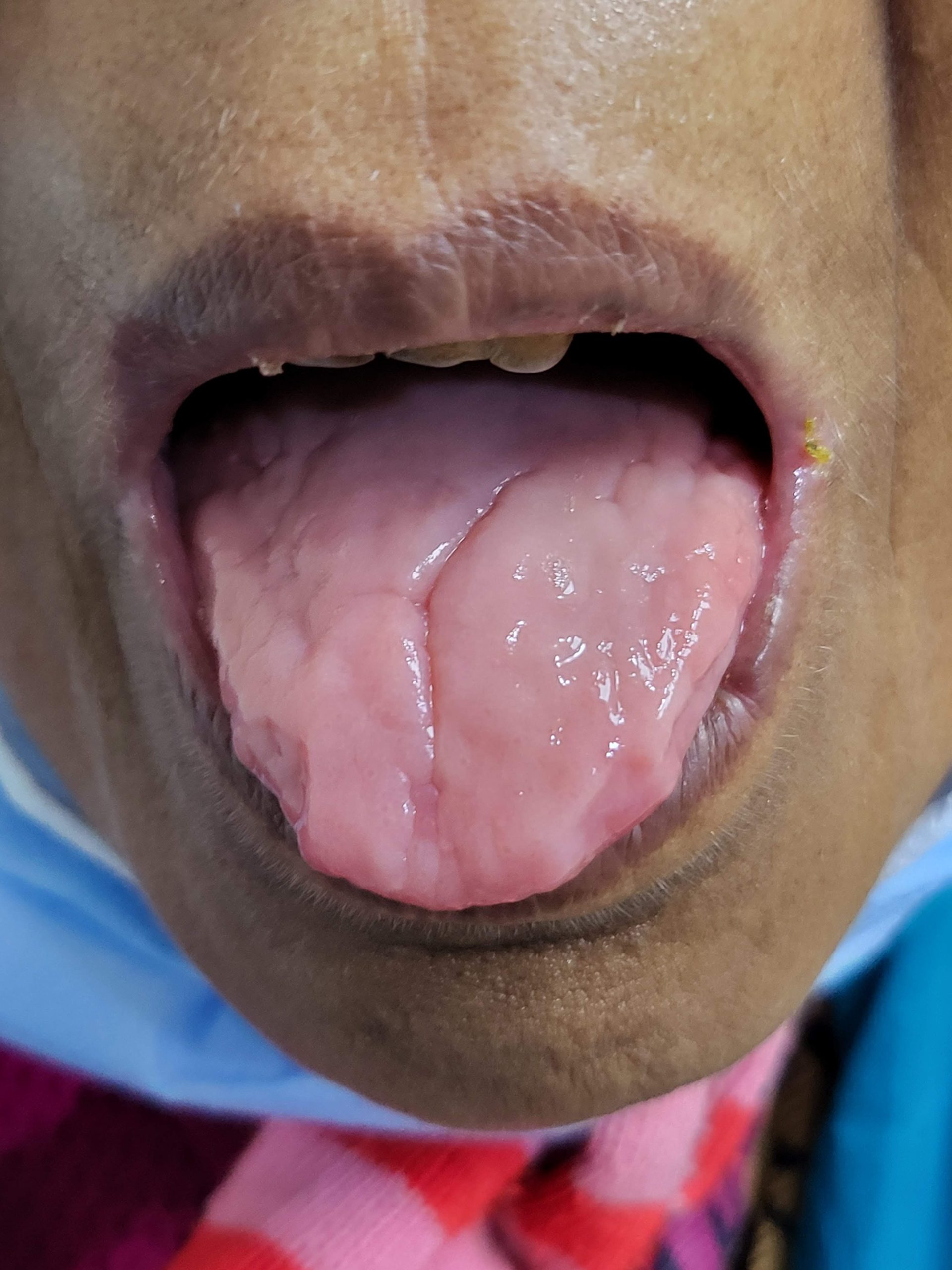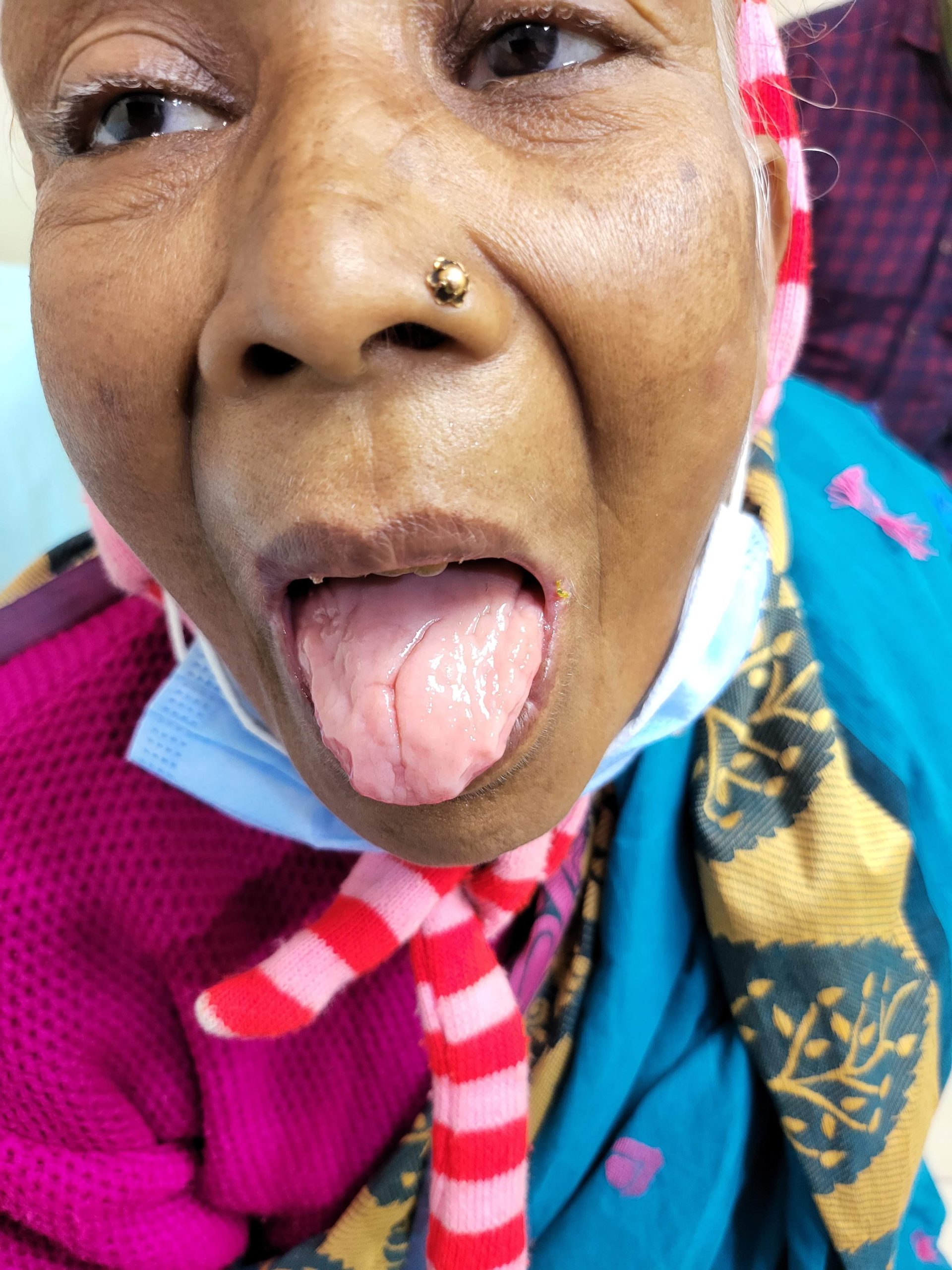Irone Deficiency Anaemia (IDA)
Iron is very important in maintaining many body functions, including the production of hemoglobin, the molecule in your blood that carries oxygen. Iron is also necessary to maintain healthy cells, skin, hair, and nails.
Iron from the food you eat is absorbed into the body by the cells that line the gastrointestinal tract; the body only absorbs a small fraction of the iron you ingest. The iron is then released into the blood stream, where a protein called transferrin attaches to it and delivers the iron to the liver. Iron is stored in the liver as ferritin and released as needed to make new red blood cells in the bone marrow. When red blood cells are no longer able to function (after about 120 days in circulation), they are re-absorbed by the spleen. Iron from these old cells can also be recycled by the body.
Am I at Risk?
Iron deficiency is very common, especially among women and in people who have a diet that is low in iron. The following groups of people are at highest risk for iron-deficiency anemia:
- Women who menstruate, particularly if menstrual periods are heavy
- Women who are pregnant or breastfeeding or those who have recently given birth
- People who have undergone major surgery or physical trauma
- People with gastrointestinal diseases such as celiac disease (sprue), inflammatory bowel diseases such as ulcerative colitis, or Crohn disease
- People with peptic ulcer disease
- People who have undergone bariatric procedures, especially gastric bypass operations
- Vegetarians, vegans, and other people whose diets do not include iron-rich foods (Iron from vegetables, even those that are iron-rich, is not absorbed as well as iron from meat, poultry, and fish.)
- Children who drink more than 16 to 24 ounces a day of cow’s milk (Cow’s milk not only contains little iron, but it can also decrease absorption of iron and irritate the intestinal lining causing chronic blood loss.)
Other less common causes of iron deficiency include:
- Blood loss from the gastrointestinal tract due to gastritis (inflammation of the stomach), esophagitis (inflammation of the esophagus), ulcers in the stomach or bowel, hemorrhoids, angiodysplasia (leaky blood vessels similar to varicose veins in the gastrointestinal tract), infections such as diverticulitis, or tumors in the esophagus, stomach, small bowel, or colon
- Blood loss from chronic nosebleeds
- Blood loss from the kidneys or bladder
- Frequent blood donations
- Intravascular hemolysis, a condition in which red blood cells break down in the blood stream, releasing iron that is then lost in the urine. This sometimes occurs in people who engage in vigorous exercise, particularly jogging. This can cause trauma to small blood vessels in the feet, so called “march hematuria.” Intravascular hemolysis can also be seen in other conditions including damaged heart valves or rare disorders such as thrombotic thrombocytopenia purpura (TTP) or diffuse intravascular hemolysis (DIC).
What Are the Signs and Symptoms of Iron-Deficiency Anemia?
Symptoms of iron-deficiency anemia are related to decreased oxygen delivery to the entire body and may include:
- Being pale or having yellow “sallow” skin
- Unexplained fatigue or lack of energy
- Shortness of breath or chest pain, especially with activity
- Unexplained generalized weakness
- Rapid heartbeat
- Pounding or “whooshing” in the ears
- Headache, especially with activity
- Craving for ice or clay – “picophagia”
- Sore or smooth tongue
- Brittle nails or hair loss
How Is Iron-Deficiency Anemia Diagnosed?
Iron-deficiency anemia is diagnosed by blood tests that should include a complete blood count (CBC). Additional tests may be ordered to evaluate the levels of serum ferritin, iron, total iron-binding capacity, and/or transferrin. In an individual who is anemic from iron deficiency, these tests usually show the following results:
- Low hemoglobin (Hg) and hematocrit (Hct)
- Low mean cellular volume (MCV)
- Low ferritin
- Low serum iron (FE)
- High transferrin or total iron-binding capacity (TIBC)
- Low iron saturation
The peripheral smear or blood slide may show small, oval-shaped cells with pale centers. In severe iron deficiency, the white blood count (WBC) may be low and the platelet count may be high or low.
What Other Tests Will Be Done If Iron Deficiency Is Diagnosed?
Your doctor will decide if other tests are necessary. Iron deficiency is common in menstruating and pregnant women, children, and others with a diet history of excessive cow’s milk or low iron-containing foods. By talking with your doctor about your diet and medical history, your doctor may gain enough information to determine whether additional testing is needed. In patients such as men, postmenopausal women, or younger women with severe anemia, the doctor may recommend additional testing. These tests may include the following:
- Testing for blood in the stool (fecal occult blood test)
- Looking for abnormalities in the gastrointestinal tract – upper and lower endoscopy (looking into the stomach, esophagus, or colon with a tube), capsule enteroscopy (swallowing a tiny camera that takes images of the gastrointestinal tract), barium enema, barium swallow, or small bowel biopsy
- Testing the urine for blood or hemoglobin
- In women with abnormal or increased menstrual blood losses, a gynecologic evaluation that may include a pelvic ultrasound or uterine biopsy
Sometimes it is difficult to diagnose the cause of iron deficiency, or your doctor may be concerned that there is a problem other than iron deficiency causing the anemia. These may include inherited blood disorders called thalassemiasin which red blood cells also appear small and pale, hemoglobinopathies such as sickle cell disease (but not sickle cell trait alone), or other blood disorders. People with chronic infections or conditions such as kidney failure, autoimmune diseases, and inflammatory disorders may also have small red blood cells. When the cause of the anemia is not clear, your doctor may refer you to a hematologist, a medical specialist in blood disorders,for consultation and further evaluation.
How Is Iron Deficiency Treated?
Even if the cause of the iron deficiency can be identified and treated, it is still usually necessary to take medicinal iron (more iron than a multivitamin can provide) until the deficiency is corrected and the body’s iron stores are replenished. In some cases, if the cause cannot be identified or corrected, the patient may have to receive supplemental iron on an ongoing basis.
There are several ways to increase iron intake:
Diet
- Meat: beef, pork, or lamb, especially organ meats such as liver
- Poultry: chicken, turkey, and duck, especially liver and dark meat
- Fish, especially shellfish, sardines, and anchovies
- Leafy green members of the cabbage family including broccoli, kale, turnip greens, and collard greens
- Legumes, including lima beans, peas, pinto beans, and black-eyed peas
- Iron-enriched pastas, grains, rice, and cereals
Medicinal Iron
The amount of iron needed to treat patients with iron deficiency is higher than the amount found in most daily multivitamin supplements. The amount of iron prescribed by your doctor will be in milligrams (mg) of elemental iron. Most people with iron deficiency need 150-200 mg per day of elemental iron (2 to 5 mg of iron per kilogram of body weight per day). Ask your doctor how many milligrams of iron you should be taking per day. If you take vitamins, bring them to your doctor’s visit to be sure.
There is no evidence that any one type of iron salt, liquid, or pill is better than the others, and the amount of elemental iron varies with different preparations. To be sure of the amount of iron in a product, check the packaging. In addition to elemental iron, the iron salt content (ferrous sulfate, fumarate, or gluconate) may also be listed on the package, which can make it confusing for consumers to know how many tablets or how much liquid to take to get the proper dosage of iron.
Iron is absorbed in the small intestine (duodenum and first part of the jejunum). This means that enteric-coated iron tablets may not work as well. If you take antacids, you should take iron tablets two hours before or four hours after the antacid. Vitamin C (ascorbic acid) improves iron absorption, and some doctors recommend that you take 250 mg of vitamin C with iron tablets.
Possible side effects of iron tablets include abdominal discomfort, nausea, vomiting, diarrhea, constipation, and dark stools.
Intravenous Iron
In some cases your doctor may recommend intravenous (IV) iron. IV iron may be necessary to treat iron deficiency in patients who do not absorb iron well in the gastrointestinal tract, patients with severe iron deficiency or chronic blood loss, patients who are receiving supplemental erythropoietin, a hormone that stimulates blood production, or patients who cannot tolerate oral iron. If you need IV iron, your doctor may refer you to a hematologist to supervise the iron infusions. IV iron comes in different preparations:
- Iron dextran
- Iron sucrose
- Ferric gluconate
Large doses of iron can be given at one time when using iron dextran. Iron sucrose and ferric gluconate require more frequent doses spread over several weeks. Some patients may have an allergic reaction to IV iron, so a test dose may be administered before the first infusion. Allergic reactions are more common with iron dextran and may necessitate switching to a different preparation. Severe side effects other than allergic reactions are rare and include urticaria (hives), pruritus (itching), and muscle and joint pain.
Blood Transfusions
Red blood cell transfusions may be given to patients with severe iron-deficiency anemia who are actively bleeding or have significant symptoms such as chest pain, shortness of breath, or weakness. Transfusions are given to replace deficient red blood cells and will not completely correct the iron deficiency. Red blood cell transfusions will only provide temporary improvement. It is important to find out why you are anemic and treat the cause as well as the symptoms.



